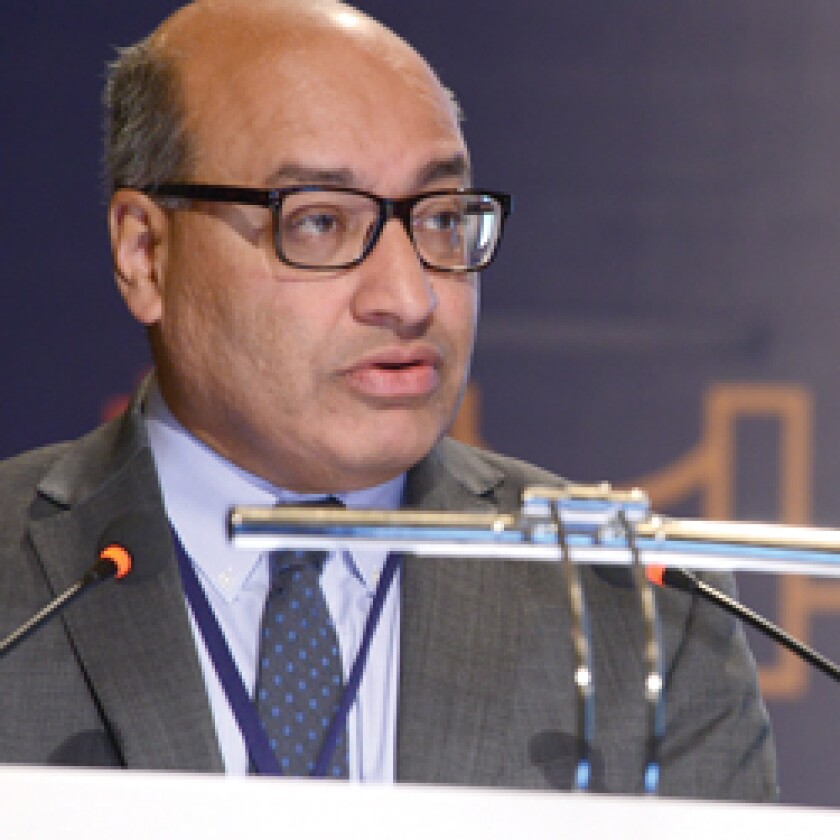Progress in speeding up the reform drive in order to energise the region’s flagging economies has been uneven, EBRD president Sir Suma Chakrabarti admitted on Thursday, as he won the backing of shareholders for his policy agenda.
Speaking to the board of governors at the EBRD’s annual meeting, Chakrabarti outlined the importance of integrating regional economies and addressing global and regional challenges across three continents, stretching from northern Africa, through the Balkans and the Baltics, to central Asia and Mongolia.
He called on the bank’s donor and member countries to “help ensure that transition stays its course” and to “support common goals both locally and globally”.
He called on regional governments to continue with reform, remain committed to improving governance and accountability, and continue to integrate the region’s far-flung economies.
Transition, one of the watchwords of Chakrabarti’s presidency, had stalled in recent years, he told the bank’s board of governors. The EBRD flagged this worrying trend in late 2013, noting in a transition report that economic growth across its region remained well below pre-global economic crisis levels.
Two years of planning later and the bank, he said, was ready to “re-energise” its focus on transition. “The EBRD can help ensure that transition stays its course, be a major investor when others hesitate, and support common goals both locally and globally,” he said.
Transition has been a topsy-turvy process in recent years, in part because it means different things to different countries. Some countries have taken the notion to heart, notably Kazakhstan, whose premier, Karim Massimov, has pushed ahead over the past 12 months with an aggressively pro-business, pro-reform agenda.
Its success in luring new investors to the country has been noted in other countries, notably Belarus, while other nation states such as Georgia have been pursuing a radical reform agenda for more than a decade.
Yet transition remained uneven, Chakrabarti said, noting that “progress towards well functioning market economies has been modest in most countries in the bank’s region and there have been reversals”.
FORENSIC APPROACH
The bank’s Strategic and Capital Framework for the period 2016-2020 will focus on ensuring that transition becomes more resilient, he said, emphasising the need to scale up the EBRD’s policy dialogue in order to promote reforms that encourage investment.
A second part of the framework involves boosting integration across the emerging economies with which the EBRD works and embedding those states more strongly into the global economy, Chakrabarti said.
The EBRD will not take a blanket approach on transition, the EBRD president said, opting for a more “selective and forensic” attitude. He said the bank would continue to redouble efforts amid a new set of challenges for emerging economies across the region, as growth slows in Russia following the imposition of Western sanctions, suppressing economic output in large parts of central Asia, the Caucasus, and central and eastern Europe.
Chakrabarti also underlined the importance of keeping in place a reserve of callable capital — cash placed on standby in case the region again ran into economic or financial difficulty.
The EBRD introduced that reserve in 2010, at the same time as it doubled the size of its overall capital base, to €30bn ($34.2bn). The bank’s shareholders agreed to keep the callable cash reserve in place until at least 2020.
